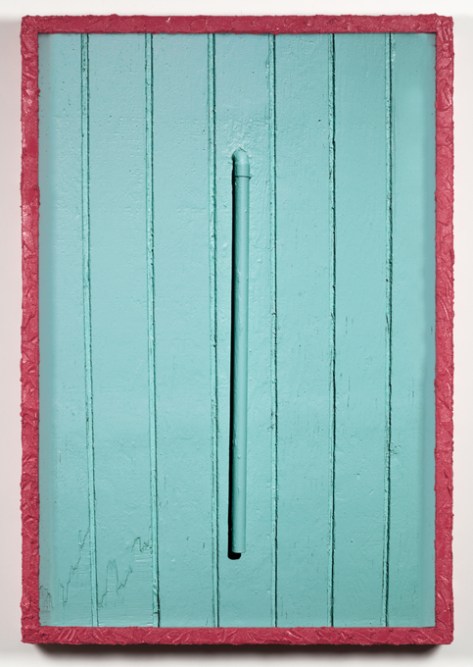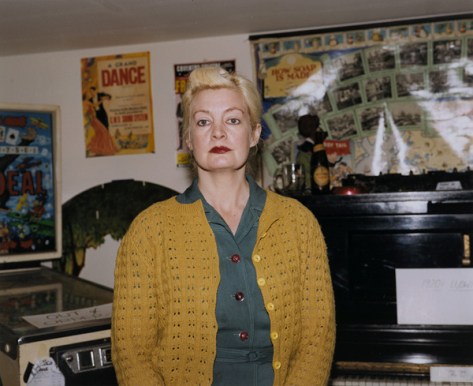Historically, still life was considered to the lowest ranked genre within art. Up to the 20th century art was often ranked according to its perceived cultural value. This ranking tended to follow the hierarchy developed by Andre Felibien (1619-1695). History (or mythological) paintings ranked highest, followed by portraiture (including self-portraits), genre (scenes showing everyday life), landscape, then still life. Still life was considered lowly because it was ‘devoid of human figures and more demonstrative of artistic skill than imagination and intellect’ (Huntsman, 2016). The images were often small and hung in private spaces rather than on grand public display. However, there have been multiple examples of famous still life paintings over the years ranging from the vanitas images of the early Dutch and Flemish artists to Frida Kahlo’s Viva la Vida, painted in the last year of her life. Still life continues to be a rich subject for exploration today.
In photography, still life images were some of the first explored, simply because they were still, and therefore relatively easy to portray with the long exposures needed. Talbot demonstrated images of vases in The Pencil of Nature and Anna Atkins cyanotypes showed a wide range of botanical specimens. More recently, Mapplethorpe, who is probably better known for his portraiture, produced a stunning series of still life photographs, mainly of flowers, but also of the traditional memento mori object of a skull.

Still life can be used as a formal series without including other genres or mixed with portraits and landscapes to broaden the story. A recent example of this is the work by Øyvind Hjelmen (Hjelman, s.d.)who, in his recent work, Moments Reflected, shows an unexplained cone on a desk, and a lightbulb hanging from a ceiling amongst a series of hazy images of people and animals. He is (according to Laura Serani in his artists statement) telling about the past and the present, memories and dreams. Another example of this mixture of still life, portraits and landscapes is shown in Bed and Breakfast by Susan Lipper .

Still life images can be made from ‘found objects’, used as they are, in their environment, such as in Making Do and Getting By by Richard Wentworth and Dingbats by Chris Wylie (Wiley, s.d.) where he takes images of close-up details seen on buildings and objects and shows them in a formal setting against a vividly patterned frame. He says ‘ the works in this series are concerned, at least in part, with the concept of the ersatz – a descriptor of things that strive to be something other and better than they are, whose existence is defined by being like rather than simply being….Photography is like the real, but is not the real’ (Cotton, 2015).

Other photographers choose to take the objects out of the environment and make elaborate ‘sculptures’ which they then photograph. Sarah Lynch with her carefully balanced objects, suspended with wire and thread and the Laura Letinsky images of left-over things and torn out, repurposed items show this. Another example is the work of Tim Brill (Brill, s.d.) whose Still Life series draws of 17th Century Dutch and Spanish masters. On his website he says, ‘The term Still Life is essentially oxymoronic and in this body of work I look to animate that stillness by removing the quotidian nature of the objects’. He uses fruit and vegetables set against a simple black background on a marginally visible dark surface. Sometimes the items are suspended, sometimes lying on shelves. The colours are intensely vibrant, almost unreal. In a further series Teddy Bear he uses a similar technique and places an old teddy bear with a variety of fruit, broken toys, a skull. He then adds a simple statement is a chalkboard style typeface such as ‘is it time?’ (with the very dilapidated teddy and the skull). He describes this series as exploring the loss of innocence. Tabea Mathern undertook a personal project to produce 52 still life images, one a week for a year. She shows them all on her website (Mathern, s.d.), they vary from collections of found objects to elaborate staged sculptures. All come with the date and an explanation, some long, some just a sentence.

It is clear from this very brief overview that still life images can be used to illustrate all parts of life, from childhood to extreme old age, from dreams to memories. A rapid Google search came up with 4,660,000,000 results and an almost equally massive number of images. Most (at a quick scan) seem to be the classic images of fruit, jugs, silverware and skulls. Many of the colours are luscious, the backgrounds often dark. If I am going to add anything of meaning to this array it needs to be personal, to represent something that I care about, and something that will add extra value to the topic. A big ask, but worth exploring.
References:
Brill, T. (s.d.) TIM BRILL. At: http://www.timbrillphoto.com/index.cfm (Accessed 16/07/2020).
Cotton, C. (ed.) (2015) Photography is magic. New York: Aperture.
Hjelman (s.d.) Oyvind Hjelmen. At: https://www.oyvindhjelmen.com/ (Accessed 16/07/2020).
Huntsman, P. (2016) Thinking about art: A thematic guide to art history. Chichester, West Sussex, UK: Wiley Blackwell.
Mathern, T. (s.d.) STILLLIFESTORIES. At: https://tabeamathern-stilllifestories.tumblr.com/?og=1 (Accessed 16/07/2020).
Wiley, C. (s.d.) Chris Wiley – Dingbats. At: http://www.chriswiley.net/index.php?id=works/dingbats (Accessed 16/07/2020).


